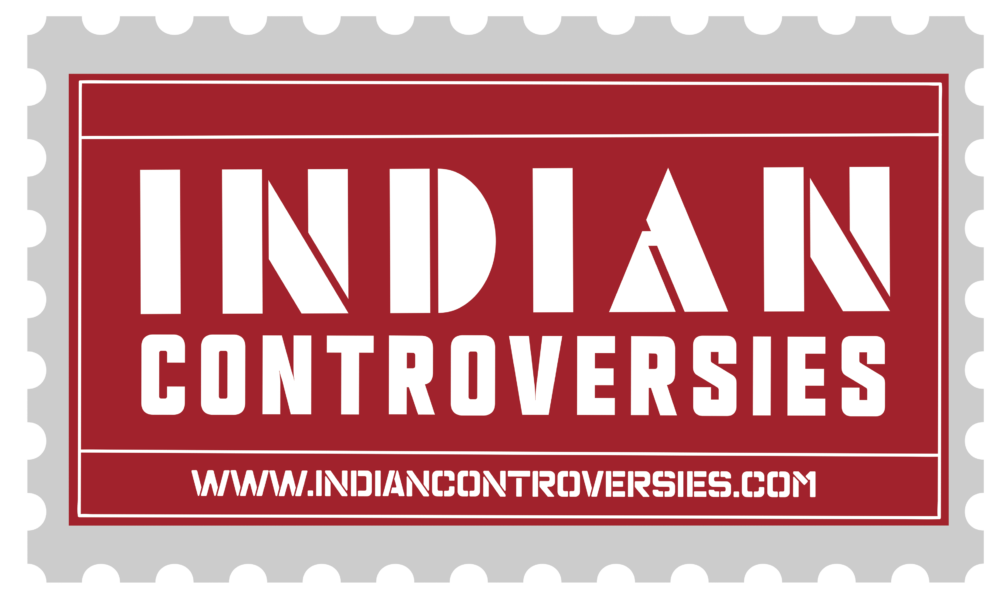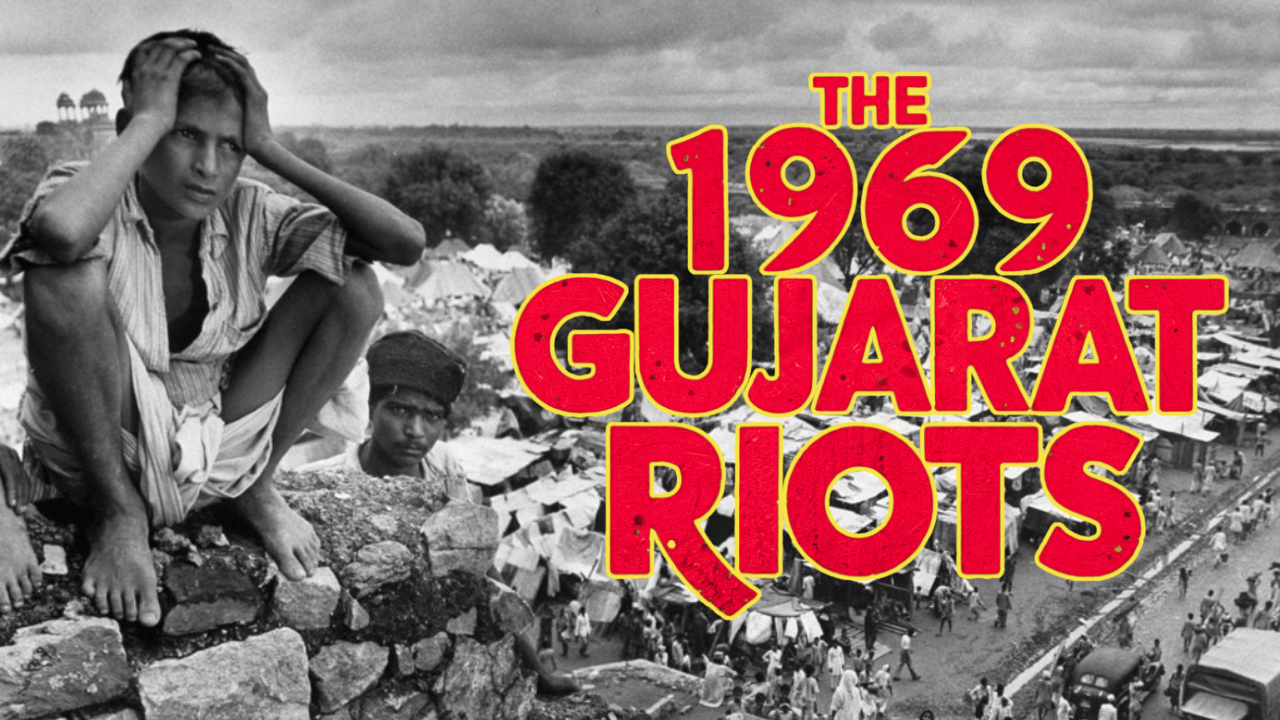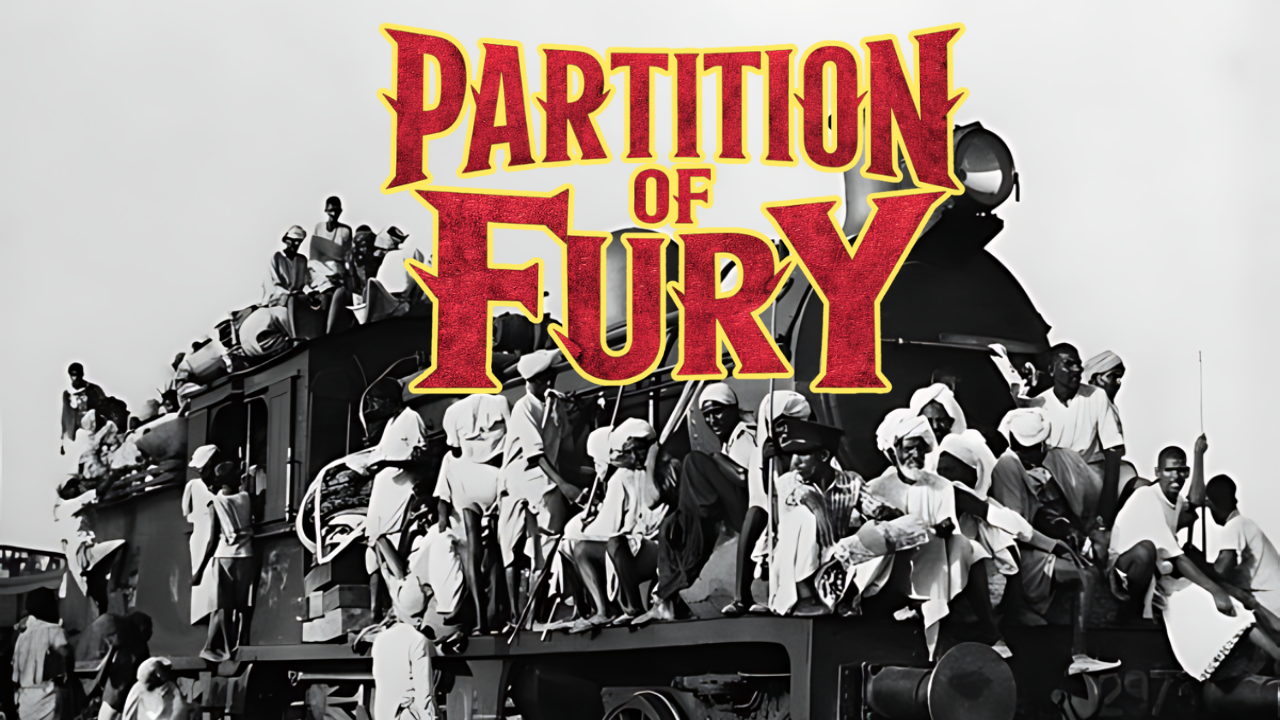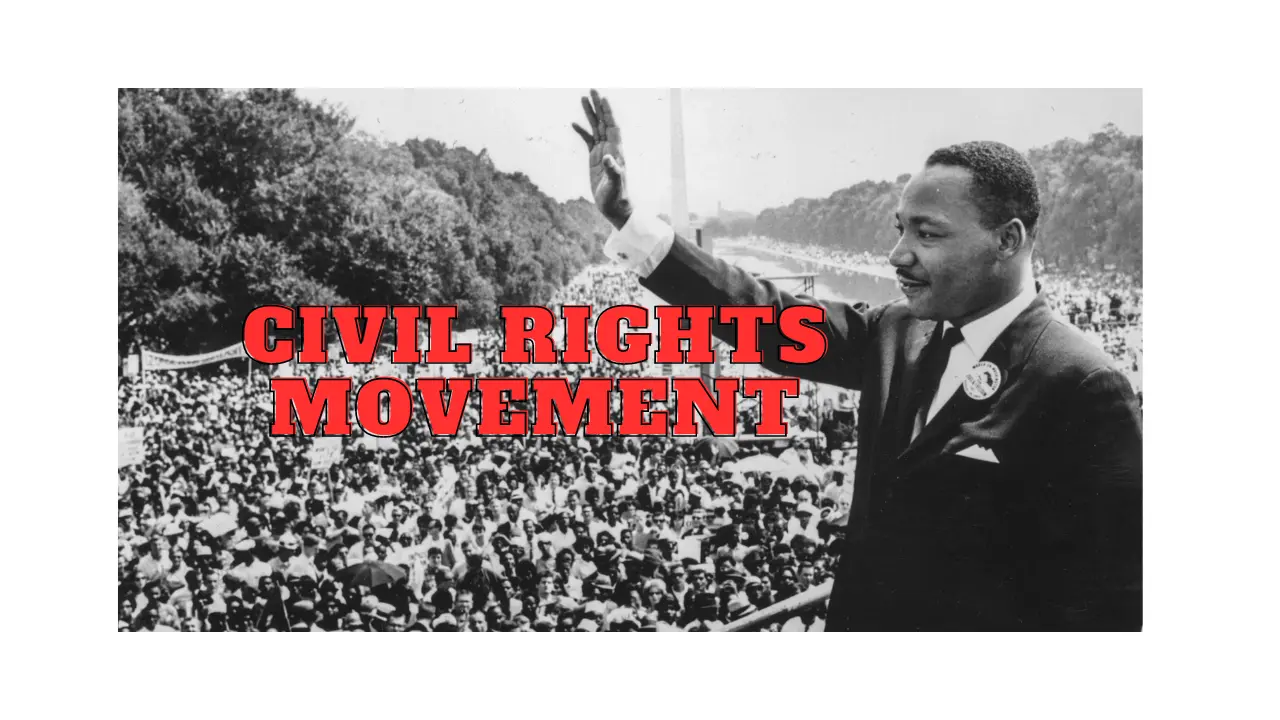Gujarat, India: Between September and October 1969, Hindus and Muslims in Gujarat witnessed a devastating outbreak of sectarian violence. The most serious Hindu-Muslim conflict since the 1947 partition occurred during this time, permanently altering India’s sociopolitical environment.
A Small Incident Starts a Large-Scale Fire
An apparently unimportant incident on September 18, 1969, started a tragic series of events. Hindu sadhus were attempting to lead their cows through a packed Muslim region in Ahmedabad’s congested streets. When the cows damaged surrounding goods and hurt other Muslim women, chaos broke out. Muslim youths were incensed at the incident and responded by attacking the sadhus and damaging the sacred Hindu temple of Jagannath.
Rampage and Retaliation
The whole thing immediately got out of hand. On September 19, a Muslim dargah adjacent to it was damaged by a Hindu mob in retaliation. When thousands of Muslims attacked the Jagannath temple once more, the situation became even more tense. Fear and gossip spread quickly, causing widespread murder, arson, and damage that swept across Ahmedabad and into neighboring areas.
The Cost of Materials and Human Resources
Casualties: 1,074 people were injured, and 660 people were declared dead. Unofficial figures, however, indicated that the death toll would reach 2,000. With 430 Muslims accounting for 512 recorded deaths, the Muslim community was disproportionately affected.
Property Damage: 32 million rupees were lost by Muslims due to the destruction of property valued at 42 million rupees. Hindu mobs were mostly responsible for the destruction done to almost 6,000 homes and stores.
Displacement: Over 48,000 people were left without a place to live and sought safety in other locations.
Provocations and Benevolent Tensions
The Justice Jaganmohan Reddy Commission, which was established to look into the riots, accused Hindu nationalist groups, including the Jan Sangh, Hindu Mahasabha, and RSS, of encouraging the violence. Community tensions were heightened by the socioeconomic backdrop of concerns like the collapse of Ahmedabad’s textile sector, which left many Hindu workers jobless.
The problem was further exacerbated by political factors. Right-wing figures such as M. S. Golwalkar, the supremo of the RSS, and Balraj Madhok of Bharatiya Jana Sangh gave divisive remarks that widened the gulf between the communities, contributing to the disintegration of the Congress party. Local occurrences that were utilized to inflame sectarian sentiment included the purported destruction of the Ramayana and the Koran.
The Reaction and Disapproval of the Police
There was a lot of criticism directed at the police response to the disturbances. Journalist Ajit Bhattacharjea asserted that rather than being the result of incompetence, the authorities’ early delay was a purposeful policy. A top Congress leader acknowledged that if the government took action against Hindu mobs, they would risk losing electoral territory to the Bharatiya Jana Sangh.
The Justice Reddy Commission brought to light multiple incidents in which police stood by as Muslim religious sites close to their locations were attacked. The community’s wounds were further made worse by this flagrant breakdown on the part of law enforcement.
Repercussions and Extended-Term Effects
The brunt of the violence had passed by September 26; nonetheless, isolated instances persisted till late October. The widespread slaughter had far-reaching effects:
Ghettoization of Muslims: Muslims began to congregate in particular places for safety as a result of the riots, a pattern that grew more pronounced in the decades that followed.
Impact on Politics and Society: An important turning point in Gujarat’s communal relations was the riots of 1969. The shattered fragile peace created the conditions for additional violence in the 1990s and 2000s.
The riots in Gujarat in 1969 serve as a somber reminder of how easily intercommunal harmony may break down. One can only wonder at the deep effects of communal violence on India’s social fabric when considering the specifics of these incidents, from the original sparks to the socio-political undercurrents. It is up to the reader to analyze and comprehend this historical chapter while considering the intricate relationships between politics, history, and human nature.





